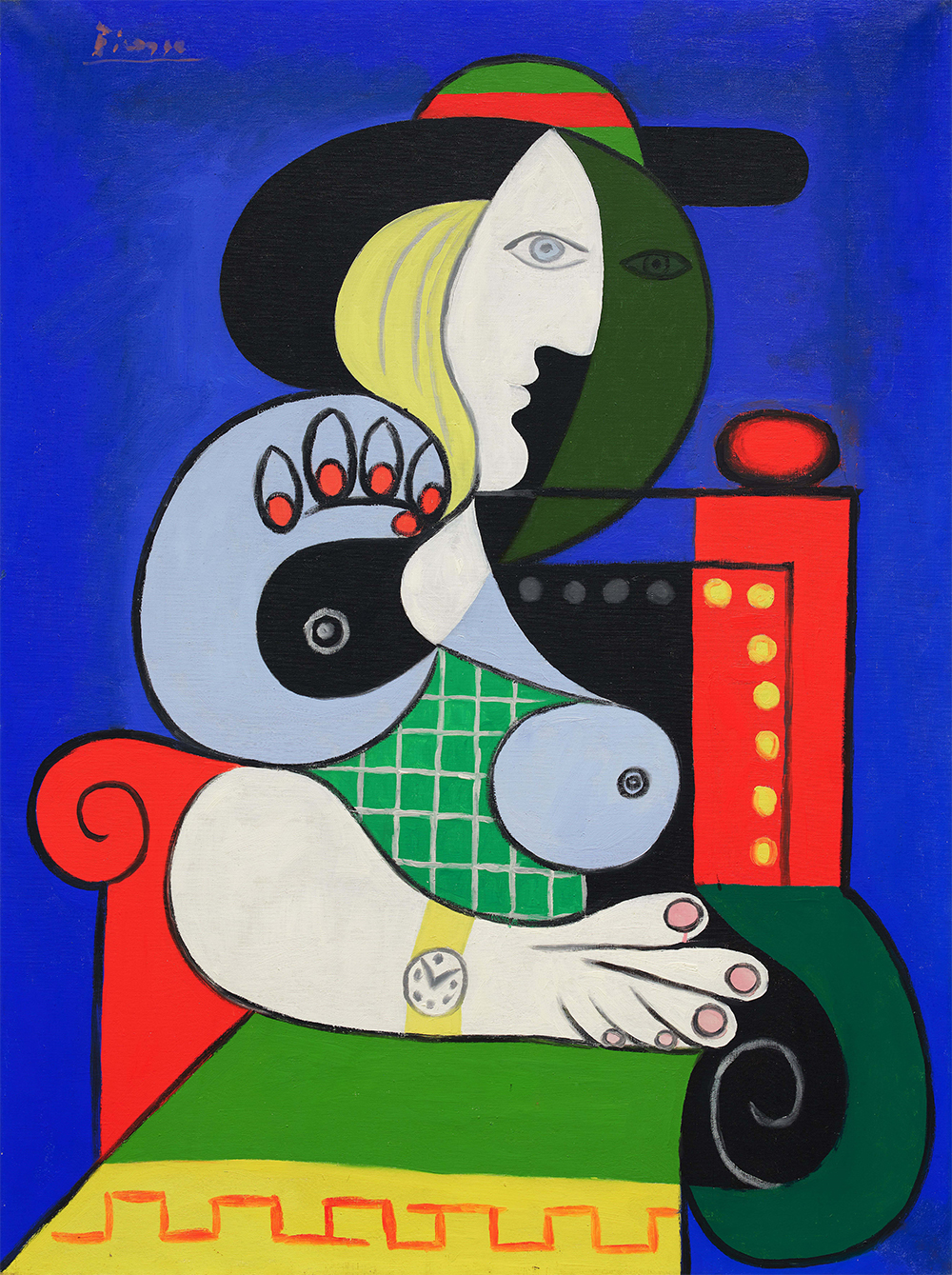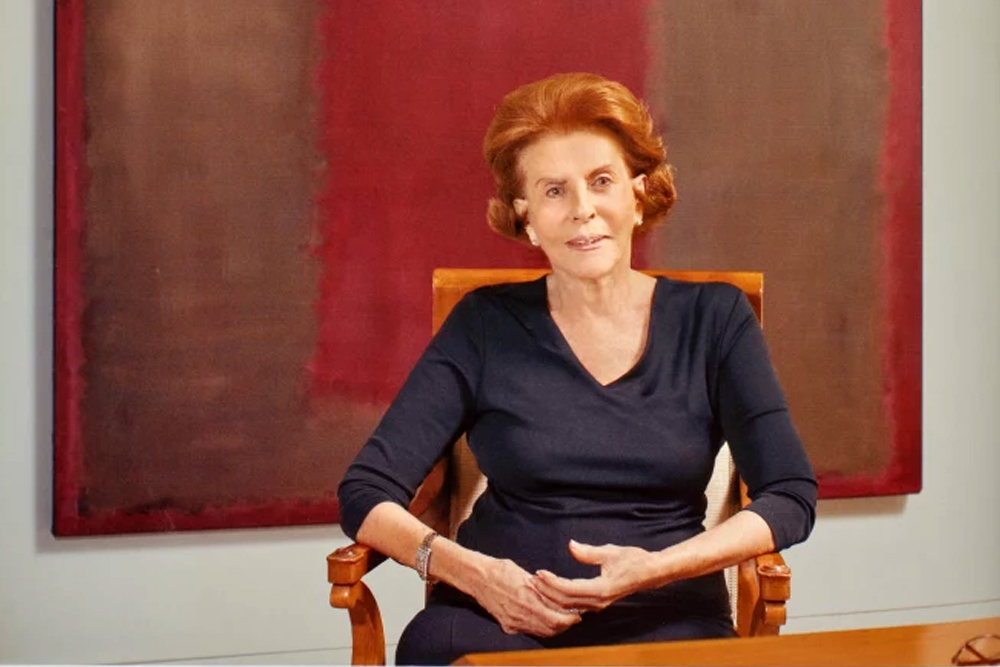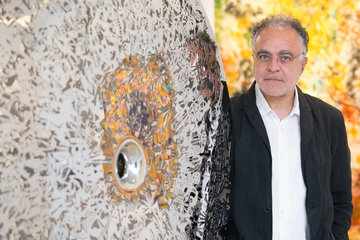
“It is a true privilege to have a masterpiece of this significance, by one of the world’s most well-known and well-loved artists, unveiled in the UAE as the first stop on its world tour. One of the greatest works of modern art, we have ever brought to auction, it is the perfect artwork to showcase and continue our commitment to bringing the best of art and culture to the region.”
In 2020, Sotheby’s Dubai exhibited a painting by Botticelli, which was estimated in excess of $80 million, and at the time made headlines as the highest value painting ever to be brought to the Middle East by an auction house. Since then, they have exhibited some wonderful works by the likes of Boetti, Kandinsky, Warhol and more. The appearance of this Picasso on their walls in Dubai will now overtake the record set by the Botticelli, and also marks the first time a painting of this calibre by the artist has ever been exhibited anywhere in the UAE.”
Katia Nounou Boueiz, Head of Sotheby’s UAE PICASSO’S FEMME A LA MONTRE, 1932, 51 ¼ x 38 inches (130.2 x 96.5cm) Estimate in Excess of $120 Million.

“One of Emily Fisher Landau’s first major purchases, Picasso’s Femme à la Montre is a masterpiece by every measure. Painted in 1932 – Picasso’s ‘annus mirabilis’ – it is full of joyful, passionate abandon yet at the same time it is utterly considered and resolved. Its bold primary colors literally sing from the five-foottall-canvas. The Emily Fisher Landau Picasso is not just a stand-out work from a stand-out year, it is a definitive work in the story of Western art.”
Julian Dawes, Sotheby’s Head of Impressionist & Modern Art, Americas
Emily Fisher Landau (1920 – 1923) bought this painting in 1968, right at the start of her collecting journey. This major acquisition was a bold move for a new collector, but she knew that it was not the sort of work she should pass up: she bought it on the spot from Pace Gallery, and it remained the keystone of her collection for more than five decades, hanging above the mantlepiece in her New York home.
The work’s significance within Picasso’s oeuvre cannot be overstated: Its date, scale, subject, vibrancy and provenance are all exceptional. Depicting Marie-Thérèse Walter, the artist’s ‘golden muse’ and the subject of many of his most accomplished portraits, it dates from 1932, a year of such importance that an entire museum exhibition was dedicated to it (Tate Modern & Musée Picasso Paris 2018).
In addition to this, it has another important distinguishing feature: the watch that the artist has so conspicuously placed on Marie-Thérèse’s wrist. Among the many paintings Picasso created in his long and varied career, only three, including this, are known to feature a watch, yet watches were objects of immense significance to him. Picasso had a deep passion for exceptional timepieces and owned three of the greatest watches in existence, by Rolex, Jaeger-LeCoultre and Patek Philippe. Here, Marie-Thérèse wears one of his treasured watches. At the same time, the presence of the watch nods to the centuries-old tradition of Vanitas painting, with its references to the transience of both love and life.
Picasso’s first encounter with his muse, and their subsequent love affair, is legendary. They first met outside the Galeries Lafayette in Paris one day in 1927, a brief exchange marking the start of a passionate relationship that was kept a secret for years. This work was painted in August, soon after the close of his first, large-scale retrospective, at a moment when – finally free from the stresses of the exhibition and the secrecy around his relationship – he was able to give full painterly voice to his love for her.
No other 1932 Picasso of remotely similar importance has appeared on the auction market since 2010, when Nude, Green Leaves and Bust from the estate of Mrs. Sidney F Brody established a new record price for any work of art ever sold at auction.
The record for an artwork by Picasso at auction was set in 2015 at $179 million.

















